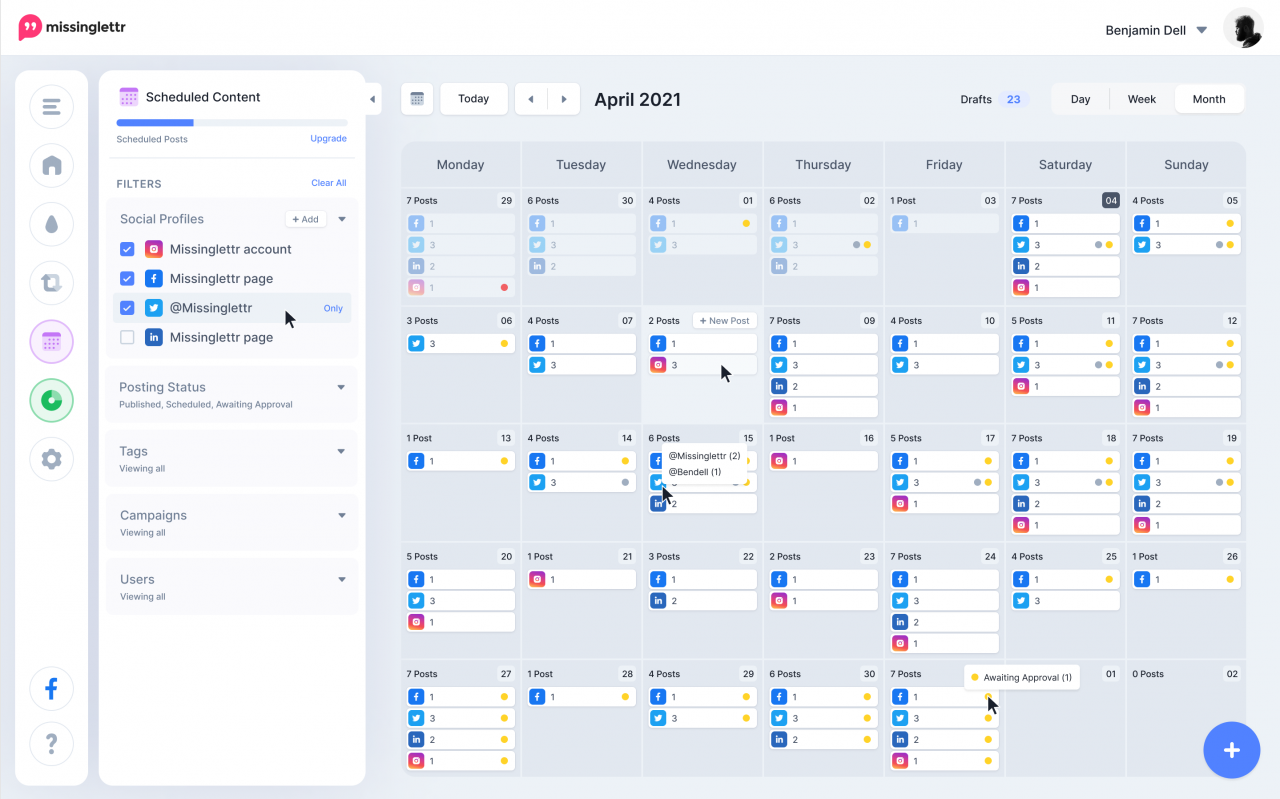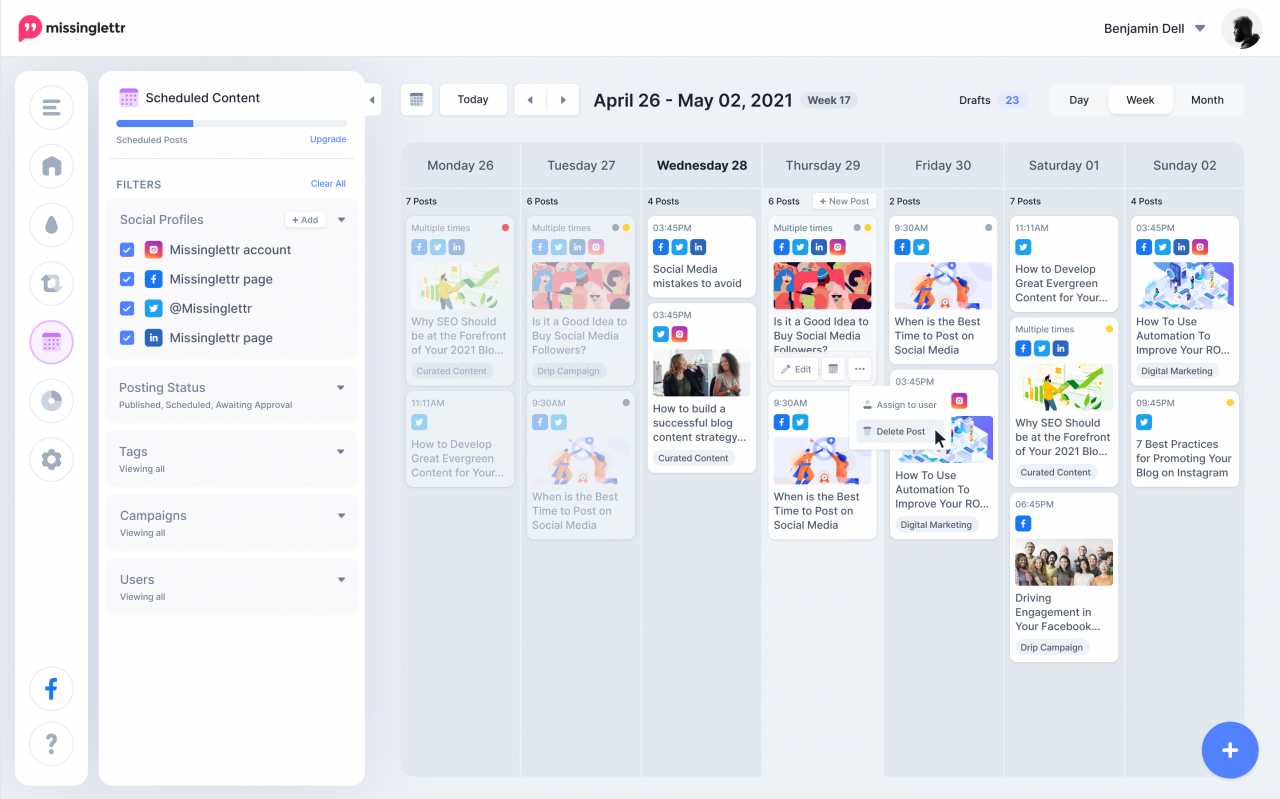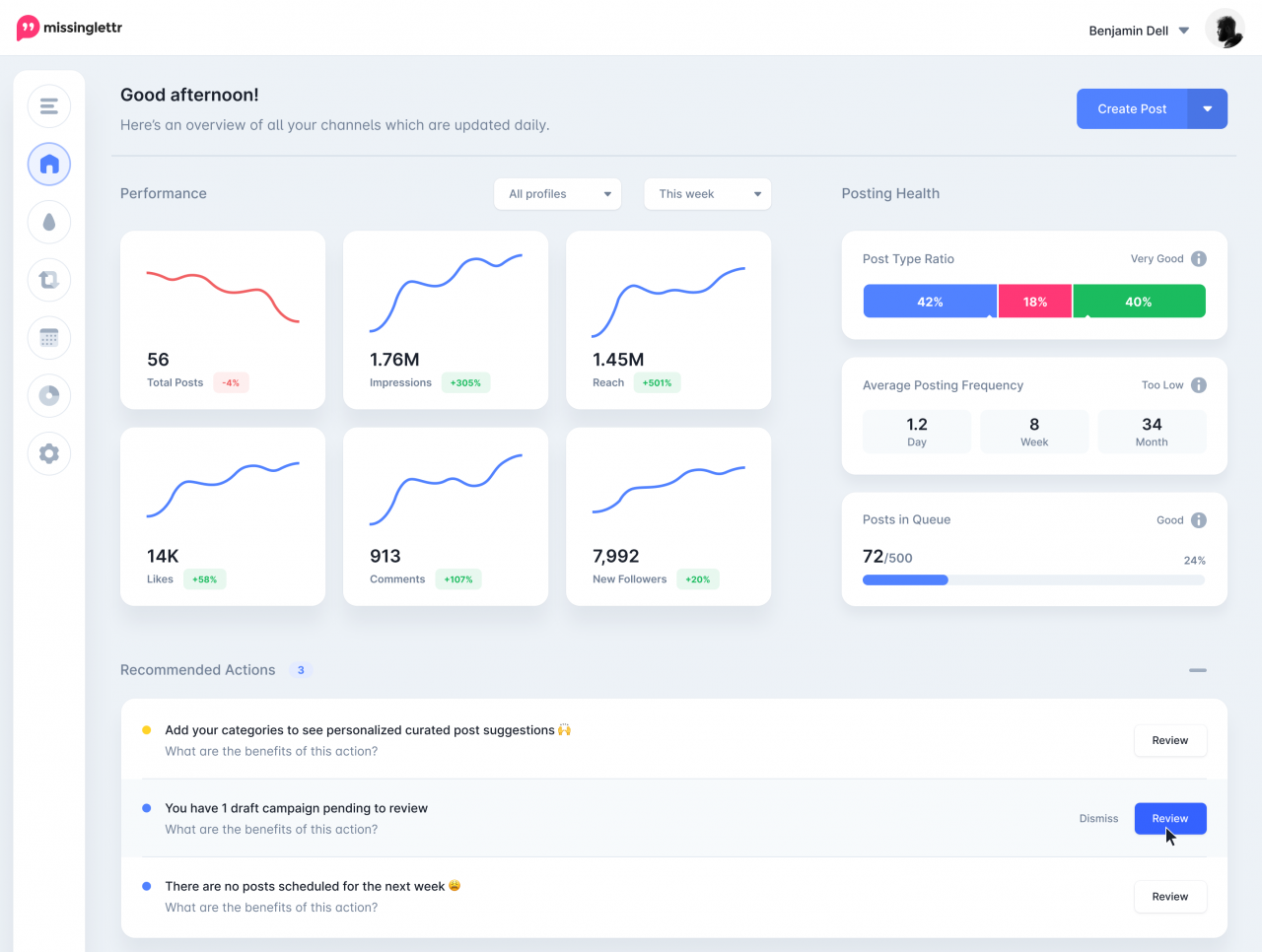
by Anne Clark | Nov 11, 2021 | Business
Getting your business out to the wider community can feel daunting and for some a costly exercise. It doesn’t have to be this way. Here are 10 ways to advertise your business for free. These are no one-time gimmicks, but things you can implement constantly as a marketing tool.
Email Signature
Don’t just have your contact details at the end of your email, have a summary paragraph or links to products or services you offer. There are always opportunities to increase your audience if recipients pass your email on, or they might well click to find out more about you.
Social Media Banners
On your social media platforms, use the banners to tell visitors about what you specialise in and who you are. Visuals are what gets people’s attention and have them go on to read or learn more. Don’t waste this opportunity with a pretty picture or your logo.
Newsletter footer
Use your newsletter you send out regularly to talk about who you are. Have a standard footer that has a short bio on who you are and an accompany image of you. Often people sign up for newsletters or mailing list due to an enticing opt-in but it doesn’t necessarily mean they know exactly what the business does. This is your opportunity to remind them.
Blog Bio
Writing blogs regularly for your business? Why not consider having a footer that is your bio on who you are with your photo. It’s a great way to introduce your business to new visitors who are reading your blog for the first time, and it’s a reminder to regular visitors what your expertise is.
Business Cards
Utilise the back of your business card to market what you do. One side with your contact details the other with your promotional info.
Facebook personal profile banner image on
Today business owners are involved in many groups, posting comments and networking with like-minded business people. Facebook gives us the opportunity in our ‘about’ section to encourage people to follow our pages. But why not add to this by using the public banner image to cross-promote your businesses.
Sourcebottle or HARO (Help Out A Reporter)
Sourcebottle and HARO are free online services that enable reports to connect with industry experts to be featured in their articles, blogs and shows. Register your details and give yourself free exposure.
Psst….make sure you have a professional headshot as these sing out how professional you are and will see you landing better opportunities than a photo someone took of you at a party!
Flyers / cards / notes
If your business is sending out products to customers, utilise this by adding a flyer of your other services. The receiver will learn more about you and is likely to hand the flyer on to a friend or colleague.
For service-based businesses send out thank you cards/notes or even seasonal cards, and use the back of the card to advertise your services. Your imagination is your only limitation!
Location, location, location
Place your business cards are prominent locations your audience is likely to hang out (with permission of course). It could be in cafes (whilst they’re waiting for their takeaway latte), events or community centres.
If you have a small budget, you might even want to consider buying signage that can go on your car. How many times have you been in traffic and read the information on a car advertising a service? Many times you’ll have followed up to find out more information on the service.
Free online advertising sites
Getting your name on the web can be challenging. We always think we have to be a big well-known blogger to be google search friendly. However, if you register your details on various free business listing sites, these do help increase your chances of being found on the web.
It is important to know that people are always watching, talking and connecting. Opportunities can present themselves at the most unlikely times and places, always are ready with a business card to hand out.

by Anne Clark | Oct 7, 2021 | Business
You’ve thought about creating an opt-in on your business to entice your target audience to sign up to your mailing list. This is a great move, whilst social media is amazing to connect with your target market, you don’t own those platforms and if they were to close down tomorrow….you will have lost all your market. Therefore, building a mailing list is a great way to target your market and keep them. Creating an opt-in, which is like a freebie, showcasing your expertise is an attraction piece to entice your audience to join your mailing list.
For many business owners this seems easy but for others who have never done it before here is a guide to help you along.
What does your audience need?
Firstly, you need to define what your opt-in is. What is something your audience wants from you? For example; people what to know how to start working with a VA, hence this is my website opt-in ‘How to start outsourcing’.
The types of opt-ins you can have are:
- Email series
- Ebooks
- Video series
- Worksheet
- Mini e-courses
- First chapter free of a book you’ve written
- Discount on a product or service
Hosting your database
You need to determine which email system you want to use to manage your database and create your newsletters from. Your options are MailChimp, Aweber, Active Campaign, Infusionsoft, Ontraport, Contact, and there are plenty more. How to do determine which one to go with.
Creating your autoresponder
Once you have created your opt-in, determined how you will have it run and selected your database company. You will then draft your welcoming email that will accompany your opt-in enticement.
Strategy Tip: Don’t just have your opt-in information on your email, at the end of it, add information about your other products and services. This is your opportunity to advertise your business for free!
Test your system
Once you have created everything make sure you test it so you can see what you’re audience will experience and make any necessary changes you need to.
Marketing your freebie
Now that your system is set up, start marketing it. Post enticers on your social media platforms. Use your Facebook App to add a sign up feature.
Add a Pop up on your website to ‘say hi, sign in here!’ (so to speak). Don’t assume people will easily find your sign up. Have an embedded sign up and a pop up one, so you have double opportunities to get your audience to sign up.
Unlimited opportunities
You are never limited to having 1 opt-in, so don’t be afraid to create others. Programs like Pop Up Ally allow you to have different opt-in feature on different pages of your website. This is through the paid feature. You can learn more here.
Feels all too hard?
Guess what? I offer this service and can do it all for you. Feel free to contact me to find out more.

by Anne Clark | Sep 2, 2021 | Business
‘Do what you do so well that they will want to see it again and bring their friends.” Walt Disney
There is a big difference between customer service and customer experience. A customer experience is that memorable occasion that has them bragging about their experience, referring your business and returning for more.
Today, anyone can deliver customer service, but not everyone bothers to give his or her customers the ‘experience’.
So what is the ‘experience’ about? It is the little gestures. We often hear how people remember the simplest things, and how the simplest gestures can make a huge difference to someone’s day. It’s in the detail. Details can have a huge impact.
Here are 4 ideas you can incorporate into your business to give your customers’ the experience.
A handwritten note
Sending something to a customer such as a product or welcome pack, include a handwritten note. They never go out of fashion, and they do make someone’s day. It also show they matter to you, and are not just a number.
Email Responses
If you are always out and about, set up an email auto-responder advising your customer of when they can expect to hear from you, eg: ‘Thank you for your email, I’m currently attending to some errands and will respond to your email with 24 hours.’ This way they won’t feel like their hanging, or wondering if you ever go their email.
Thank you package
If you are a professional or coaching services when signing up new clients, send them a welcome/thank you package, make it about them but branded about YOU! Or if someone is buying a service from you, include business branded lollies, thank you card, postcard, or token gift.
Birthday Cards
Send your clients a birthday card to let them know you’re thinking of them on their special day. There are online services you can use that will do this for you if you’re too busy to send handwritten notes. However I would recommend sending handwritten cards, just do them all at the start of the month and then post them at the relevant time. Image how touched your client will be when receiving them.
Psst….also a great way to remind past clients you’re awesome self is till there if they need you!!! (wink wink)
“The goal as a company is to have customer service that is not just the best but legendary.” Sam Walton, Wal-Mart
Profile them
If you are a service business that is seeing your clients get amazing results. Invite them to be featured in your blog or podcast, and interview them. This has two benefits, one your client feeling touched you want to share their success with the world, and two help increase your business credibility. With you and them sharing their interview on social media helps increase both parties exposure.
An important ingredient to remember is your customers are what keep your business going and growing! They are part of your revenue stream, and they are also your business advertising. An amazing experience has them talking, and the smallest gestures can have the biggest impact.
“If you do build a great experience, customers tell each other about that. Word of mouth is very powerful.” Jeff Bezos, Amazon
What in your business do you think you could include as a customers ‘experience’? Remember this is something above your customer service.
Do you have any other ideas we could add to the mix to help each other out, post them below. We’d LOVE to hear.

by Anne Clark | Aug 13, 2021 | Business
One of the greatest fundamental in business that business owners are doing wrong is……
They are spending 80% of their time creating new content but only 20% of their time resharing that content.
It, in fact, should be the other way round.
If you’ve gone to all the efforts to create content, such as writing blogs, then you should be using them to share on your social media platforms.
Perhaps it feels all too time consuming. I get it.
Now, allow me to explain why I love Missinglettr so much and use it for all my blogs.
Missinglettr turns your blog posts and YouTube videos into a year’s worth of optimized social media content.
Once I have written my blog and hit the published button, within 10 minutes I receive an email from MissingLettr advising my campaign is ready for review. I log in and review the campaign and make any necessary tweaks I need and press pubs.
Then over a period of my choosing, generally a year (365 days) the campaign will be drip feed to my social media platforms.
Missinglettr links to Instagram (business), Facebook page and group, Twitter, LinkedIn page and profile.
If you use my affiliate link, you will also get 50% off any plan you choose. Click here to learn more.
One of the features I also love is that once a campaign has finished its run, you can reuse it to go again, which is awesome on timeless content.
I have been using it for over 2 years and absolutely love it.

by Anne Clark | Aug 12, 2021 | Aweber, Business, Mailchimp
There is nothing more frustrating than having your inbox filled with spam emails from bots and the likes! What is even more frustrating is when you find your own business newsletters are being treated as spam and landing in spam folders. Frustrating!
It’s important to note that spam can negatively impacts deliverability rates, and we want to make sure your emails reach their recipients.
In this article we will explore how to get around your emails landing in spam, but firstly allow me to explain what spam and spam filters are.
Spam is defined as “Spam is digital junk mail: unsolicited communications sent in bulk over the internet or through any electronic messaging system.”
Most of us know in today’s online world we are seeing so many spam emails coming in that look authentically from someone or an organisation we know, but when we check the email address they’re fake and possibly contain links for hackers to access our personal system and data. Yikes!
Spam filters are designed to help filter unsolicited emails from landing in our inbox.
Not all spam filters function the same way, so it can be difficult to nail down the exact criteria for judging spam. However, there are some basic characteristics of spam that tend to hold true. You can read more about spam filters here.
Let’s explore what you can do to avoid being flagged as spam and landing in the dreaded spam folder;
Double Opt-In
Set up a double opt-in feature when creating your sign ups. This way new subscribers have to confirm they wanted to sign up.
Don’t Buy Lists
Avoid purchasing a list from anywhere. You are better to use advertising means like Facebook Ads to target your set market and grow your list authentically.
Engage Sooner Rather Than Later
When someone signs up to your mailing list, create an automation sequence welcoming so they’re immediately gaining engagement from you.
Sign Up Thank You Page
Once someone has signed up, prompt them to add your email address to their contacts so they’re system instantly recognises your email and avoids the spam folder.
Clean Up Your List
If you have subscribers who haven’t interacted with your emails or opened the last 5, then remove them. Firstly, they’re impacting your open rate.
Be aware of your email subject heading
Yes even your email subjects can impact your email landing in spam. Hubspot have a great article outlining key words to avoid as have Snov Labs with their list of 550+ spam triggering words
Some other great articles that may help you are
29 Email Deliverability Tips You Must Know in 2021
188 Spam Word to Avoid: How to Stay out of Spam Email Filters

by Anne Clark | Aug 11, 2021 | Business
Tossing the idea of whether to introduce a blog to your business? Not sure if it’s worth your time or effort? With billions of people online, here is why blogging is good for your business.
Marketing Online
Blogging provides another free online marketing platform for your business. With you creating regular blogs, you are giving your target market more reasons to come and visit your website. The overall objective of social media and marketing, in general, is to convert your target market to paying customers. Creating regular content is inviting potential customers to your website because they want to read more. Upon arrival, many visitors go exploring your website to learn more about you.
Showcase Your Expertise
Writing blogs, especially when you answer your market’s key pain or pleasure points, enables your target market to see you as an expert and want to learn more from you or work with you.
Pain points are the issues your target market is currently facing and they are seeking help to resolve them. Pleasure points are identifying how your product or services are going to help make your audience feel. The resolution to their pain point.
Opportunity to Upsell
A great strategy with a blog is to write about a pain or pleasure point, and if you have a product or service you can use your article to upsell and encourage your reader to buy.
Repurposing Your Content For Social Media
You can use your blogs to create social media content, and be able to repurpose them frequently by either sharing all blog content, a snippet from the blog and creating teasers to go to your website and read the full blog.
Creating Visibility For Your Business
People discover information online today, so if you want to be a discovered and become a visible expert then blogging and social media will provide you with the visibility. It helps to search key topics your audience wants to know about and write about them.
Expanding Your Exposure
If you introduce an interview series to your blog, you have the potential to open your business to a wider audience, because those you interview will also share about the interview to their audience.
Think of your bigger picture for your blog, it’s more than just a simple article, it is another platform to build your business exposure, expertise and connections.



















